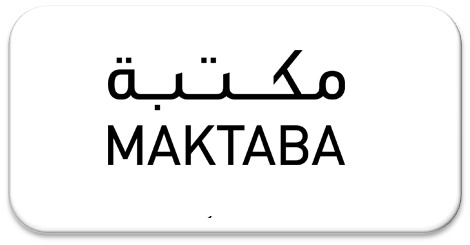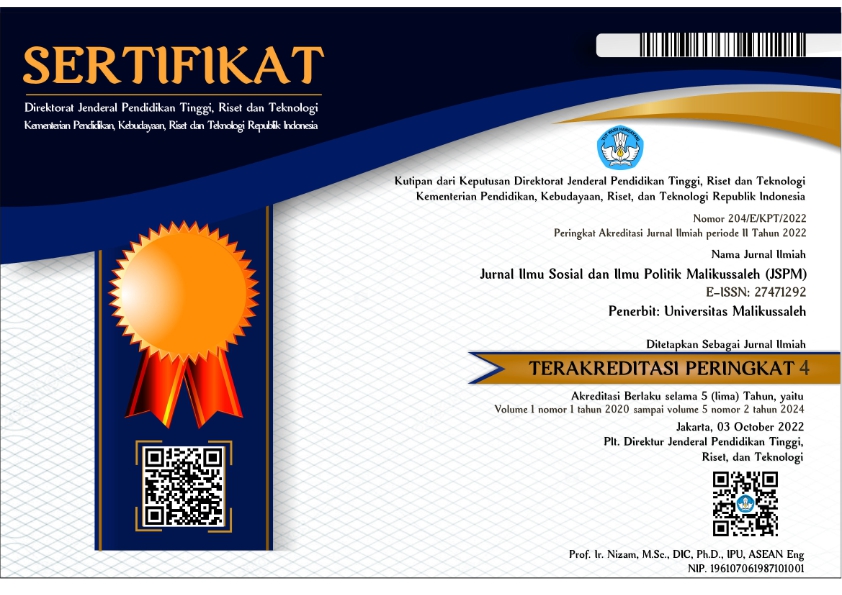SIMBOL KARAKTER GAY DALAM GENRE BOYS LOVE DI KOTA PADANG
Abstract
This research explores the interpretations of LGBTQ+ students regarding Boys love content, a genre featuring romantic relationships between male characters. Despite attracting fans from diverse backgrounds, the genre's interpretations often stem from the perspective of heterosexual women, creating a paradox in LGBTQ+ representation. Through in-depth interviews with LGBTQ+ individuals, fujoshi (female Boys love fans), and heterosexual individuals, this study discusses how symbols of love, romance, and LGBTQ+ identity in the storyline are perceived by the residents of Padang City. The research results unveil a diverse and intricate understanding of LGBTQ+ characters, relationships, and symbols in Boys love.Furthermore, this research elucidates the crucial role played by symbols such as clothing, hairstyles, and accessories in shaping perceptions and identities within the LGBTQ+ community. These findings offer valuable insights into the impact of media representations on understandings of same-sex identities and relationships in societies still contending with traditional norms. The study also acknowledges generational differences in the interpretation of Boys love and how this content influences emotions, identity, and relationships within the LGBTQ+ community in Padang City. This research contributes to the comprehension of the Boys love phenomenon and its influence on LGBTQ+ individuals in Padang City, providing a foundation for understanding the complexity of LGBTQ+ representation in popular culture.
Keywords
Full Text:
PDFReferences
Avila-Saavedra, G. (2009). Nothing queer about queer television: Televized construction of gay masculinities. Media, Culture & Society, 31(1), 5–21.
Bányai, F., Zsila, Á., Király, O., Maraz, A., Elekes, Z., Griffiths, M. D., Andreassen, C. S., & Demetrovics, Z. (2017). Problematic Social Media Use: Results from a Large-Scale Nationally Representative Adolescent Sample. PLOS ONE, 12(1), e0169839. https://doi.org/10.1371/journal.pone.0169839
Baudinette, T. (2017). Japanese gay men’s attitudes towards ‘gay manga’and the problem of genre. East Asian Journal of Popular Culture, 3(1), 59–72.
Baudinette, T. (2019). Lovesick, The Series: adapting Japanese ‘Boys love’ to Thailand and the creation of a new genre of queer media. South East Asia Research, 27(2), 115–132. https://doi.org/10.1080/0967828X.2019.1627762
Craig, S. L., Eaton, A. D., McInroy, L. B., Leung, V. W. Y., & Krishnan, S. (2021). Can Social Media Participation Enhance LGBTQ+ Youth Well-Being? Development of the Social Media Benefits Scale. Social Media + Society, 7(1), 2056305121988931. https://doi.org/10.1177/2056305121988931
Creswell, J. W., & Poth, C. N. (2016). Qualitative inquiry and research design: Choosing among five approaches. Sage publications.
Dhaenens, F. (2013). Teenage queerness: Negotiating heteronormativity in the representation of gay teenagers in Glee. Journal of Youth Studies, 16(3), 304–317.
Dinatha, V. O. D., Dewi, F. I. R., & Suryadi, D. (2022). Fujoshi’s Perception of Gender Roles. 3rd Tarumanagara International Conference on the Applications of Social Sciences and Humanities (TICASH 2021), 1414–1420.
Donnelly, K., & Twenge, J. M. (2017). Masculine and feminine traits on the Bem Sex-Role Inventory, 1993–2012: A cross-temporal meta-analysis. Sex Roles, 76, 556–565.
Geertz, C. (1983). Deep play: notes on the Balinese cockfight. Deep Play: Notes on the Balinese Cockfight., 39–77.
Gomillion, S. C., & Giuliano, T. A. (2011). The Influence of Media Role Models on Gay, Lesbian, and Bisexual Identity. Journal of Homosexuality, 58(3), 330–354. https://doi.org/10.1080/00918369.2011.546729
Holz Ivory, A., Gibson, R., & Ivory, J. D. (2009). Gendered relationships on television: Portrayals of same-sex and heterosexual couples. Mass Communication and Society, 12(2), 170–192.
Kellogg, A. (2014). Closeted channels: Trends of sexual-minority characters on primetime television. Ohio University.
Kwon, J. (2021). The past, present, and future of boys love (BL) cultures in East Asia. In Transnational Convergence of East Asian Pop Culture (pp. 96–112). Routledge.
Levi, A., McHarry, M., & Pagliassotti, D. (2010). Boys’ love manga : essays on the sexual ambiguity and cross-cultural fandom of the genre. In McFarland & Company. McFarland & Company Jefferson, NC. https://doi.org/LK - https://worldcat.org/title/496518516
Lindemann, G., & Schünemann, D. (2020). Presence in digital spaces. A phenomenological concept of presence in mediatized communication. Human Studies, 43(4), 627–651.
Lutfiputri, N. A. (2019). Di antara dunia fiksi dan dunia nyata: pandangan penggemar Manga Yaoi-Yuri di Jabodetabek terhadap isu homoseksualitas= Between fiction and reality: Jabodetabek based Yaoi-Yuri Manga fans perspectives on homosexuality issue.
Martin, F. (2012). Girls who love boys’ love: Japanese homoerotic manga as trans-national Taiwan culture. Inter-Asia Cultural Studies, 13(3), 365–383. https://doi.org/10.1080/14649373.2012.689707
Miles, M. B., Huberman, A. M., & Saldaña, J. (2014). Qualitative data analysis: A methods sourcebook. 3rd. Thousand Oaks, CA: Sage.
Moroni, S. (2014). America’s closet door: An investigation of television and its effects on perceptions of homosexuality.
Mubaroka, A., & Susanti, V. (2021). Media, Representasi, dan Persepsi terhadap Identitas Seksual. Communication, 12(1), 13–20.
NISSYA, F. (2022). PANDANGAN FUJOSHI TERHADAP BOYS LOVE (Studi Kasus Tujuh Mahasiswi di Fakultas Ilmu Sosial dan Ilmu Politik Universitas Andalas). Universitas Andalas.
Ortner, S. B. (1999). The fate of" culture": Geertz and beyond (Vol. 8). Univ of California Press.
Prentice, D. A., & Carranza, E. (2002). What women and men should be, shouldn’t be, are allowed to be, and don’t have to be: The contents of prescriptive gender stereotypes. Psychology of Women Quarterly, 26(4), 269–281.
Rodríguez, D. G., & Murtagh, B. (2022). Situating anti-LGBT moral panics in Indonesia: Homophobia, criminalisation, acceptance, and religiosity. Indonesia and the Malay World, 50(146), 1–9. https://doi.org/10.1080/13639811.2022.2038871
TADZAKAROH, D. N. U. R. (2017). Perempuan, identitas, dan komik homoerotis (studi komunitas fujoshi di facebook). UIN Sunan Kalijaga Yogyakarta.
Zhang, C. (2014). “My double love of boys”: Chinese women’s fascination with “Boy’s Love” fiction. https://lib.dr.iastate.edu/cgi/viewcontent.cgi?article=4758&context=etd
Zhou, Y., Paul, B., & Sherman, R. (2018). Still a hetero-gendered world: A content analysis of gender stereotypes and romantic ideals in Chinese boy love stories. Sex Roles, 78, 107–118.
DOI: https://doi.org/10.29103/jspm.v5i2.14749
 Article Metrics
Article Metrics
 Abstract Views : 332 times
Abstract Views : 332 times
Refbacks
- There are currently no refbacks.
Copyright (c) 2024 nissya febrizani

This work is licensed under a Creative Commons Attribution-ShareAlike 4.0 International License.
INDEXED BY:




.png)









Redaksi Jurnal Ilmu Sosial dan Ilmu Politik Malikussaleh (JSPM): Gedung Fakultas Ilmu Sosial dan Ilmu Politik Universitas Malikussaleh. Kampus Bukit Indah Jln. Sumatera No.8, Kec. Muara Satu Kota Lhokseumawe, Prov. Aceh, Indonesia. eMail: jspm@unimal.ac.id

This work is licensed under a Creative Commons Attribution-NonCommercial-ShareAlike 4.0 International License



.png)



